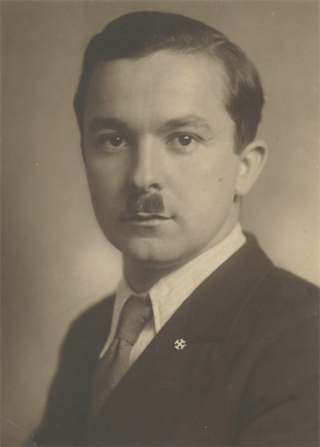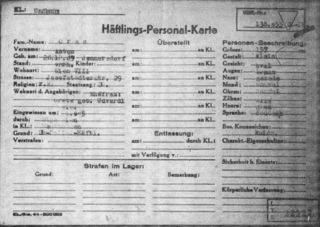Dr. Anton Orac

Personalia
Born:
Died:
Profession:
Persecution:
Imprisoned 12.03.1938 - mid-April 1938,
Released in 1938,
Mauthausen concentration camp 01.04.1945 - 18.04.1945
Memberships
Curriculum Vitae
Anton Orac becomes a member of the Forchtenstein secondary school fraternity during his time at grammar school in Eisenstadt. After graduating from high school in 1930, he began studying law in Graz, graduating on May 20, 1938 with a doctorate in law. In March 1938, he worked as an employee of the regional trade association for Burgenland in Mattersburg.
In September 1944, he met Karl Zehetner at the Vienna patrol division, whom he won over to work in the resistance movement at the Wehrmacht commandant's office, the headquarters of ÖNK in Mödling.
Towards the end of the war, Anton Orac learns of the arrest of a contact in the Rossau barracks in Vienna. He informs his family: "I'm off!" and tries to escape via the Viennese canal system ["Vienna's catacombs"]. As this was only successful for a short time, he was arrested for his activities in the resistance group ÖNK, interrogated by the Gestapo and transferred to the Mauthausen concentration camp on May 1, 1945, where he was saved in time before the death sentence was carried out. On May 21, 1945, he wrote to his wife Margarete about what he had experienced here, including:
"Mauthausen was an extermination camp where 300 people died every day. [...] People were shot, beaten to death, taken to the gas chambers, starved, mauled by dogs."

After the war, Anton Orac founded Orac-Verlag für juristische Werke in 1946. For his support in reactivating Austro-Peisonia, which at the time still had a regional focus, he was made an honorary member in 1946. He is unable to accept the ministerial office offered to him by Federal Chancellor Leopold Figl
Places
Persecution:
Residence:
Multimedia
Citations
- Krause, Peter/Reinelt, Herbert/Schmitt, Helmut (2020): Farbe tragen, Farbe bekennen. Katholische Korporierte in Widerstand und Verfolgung. Teil 2. Kuhl, Manfred (ÖVfStG, Wien), p. 236.
